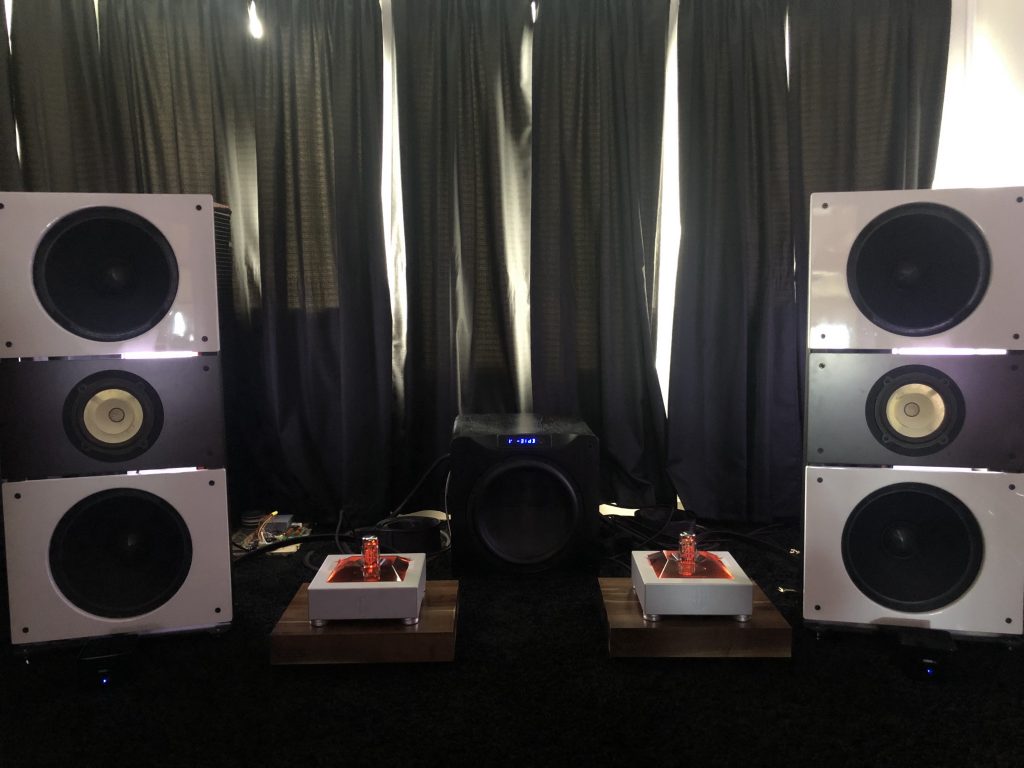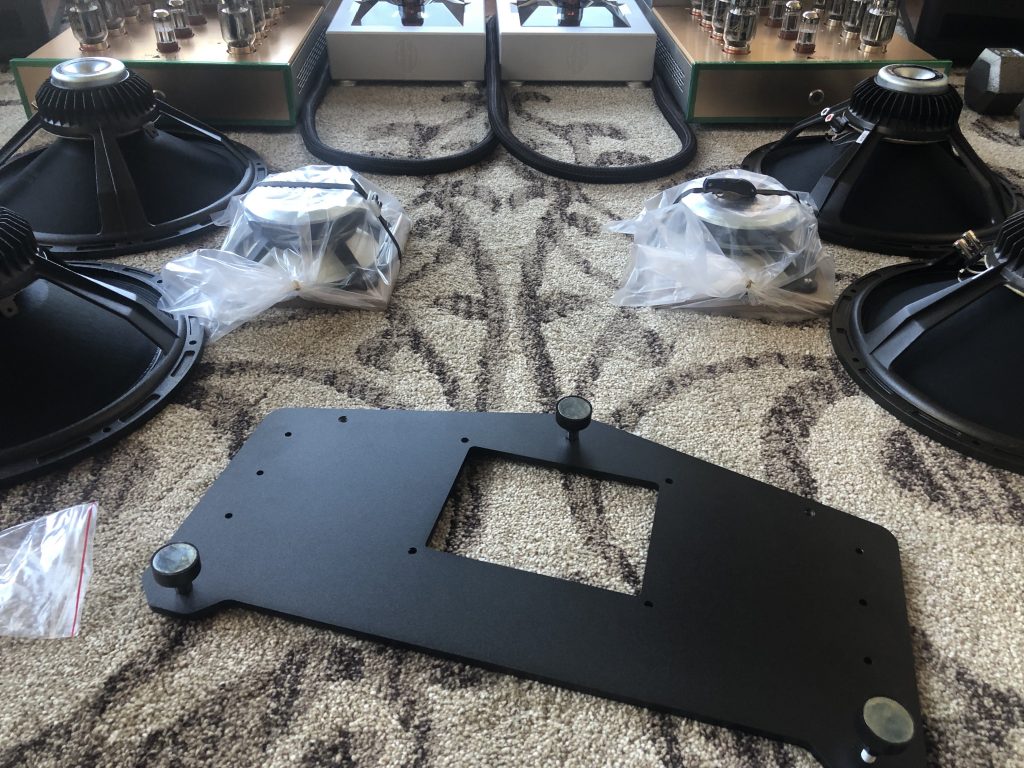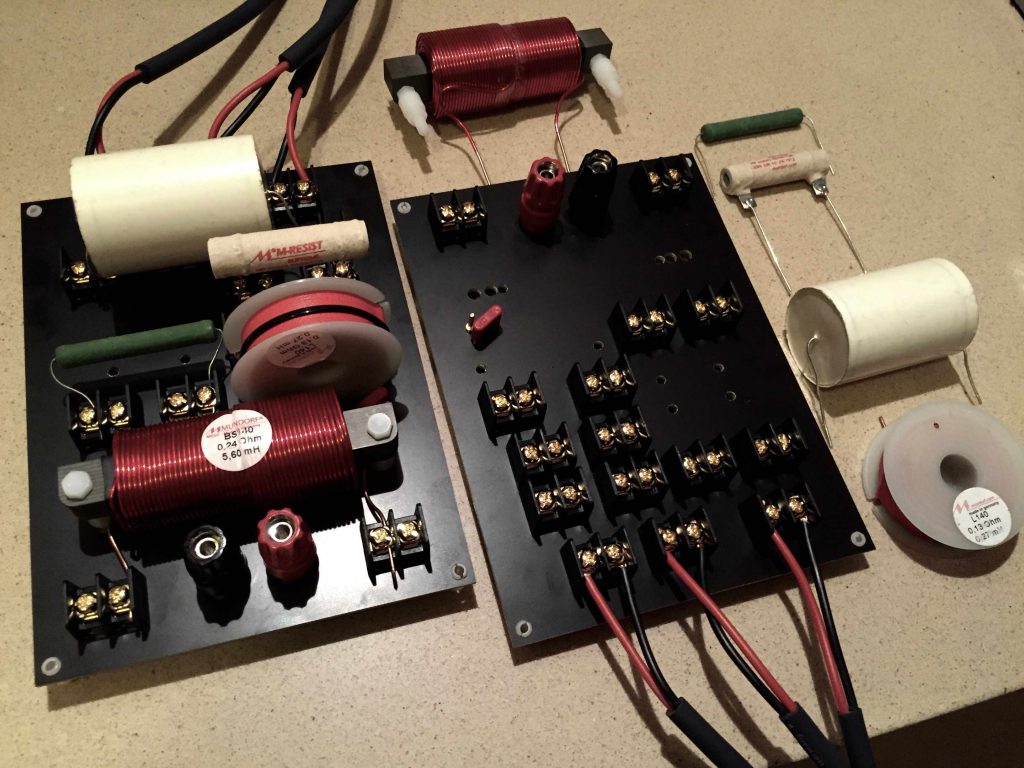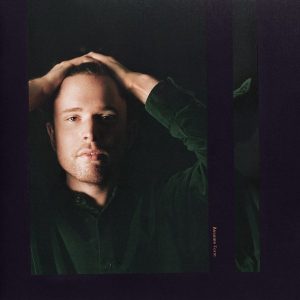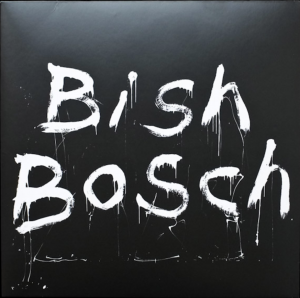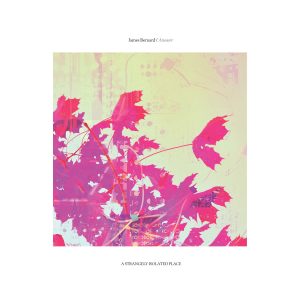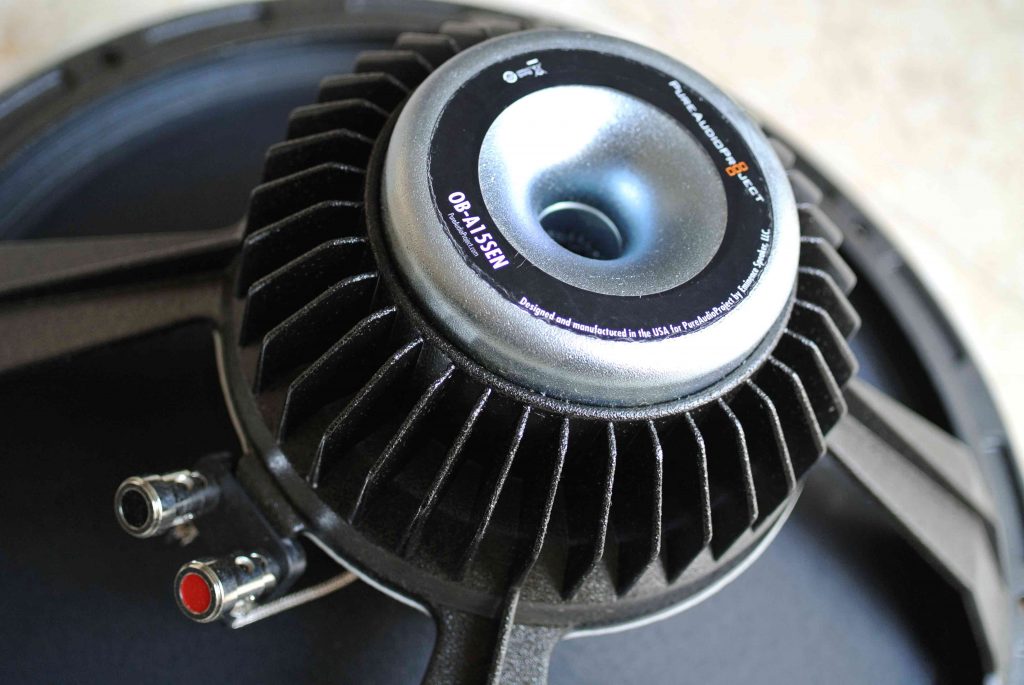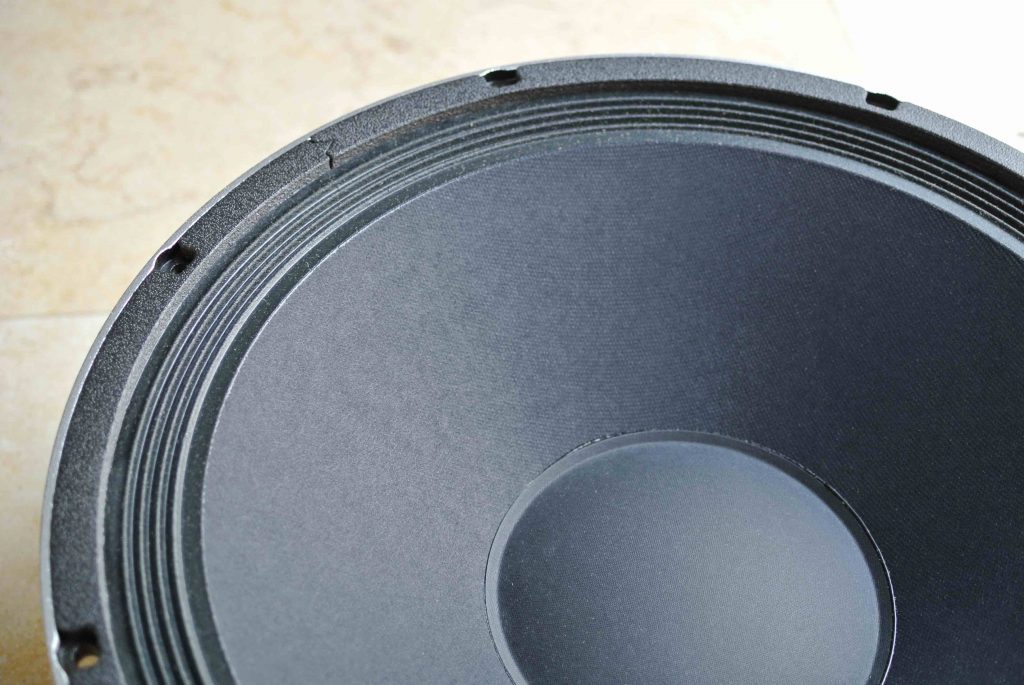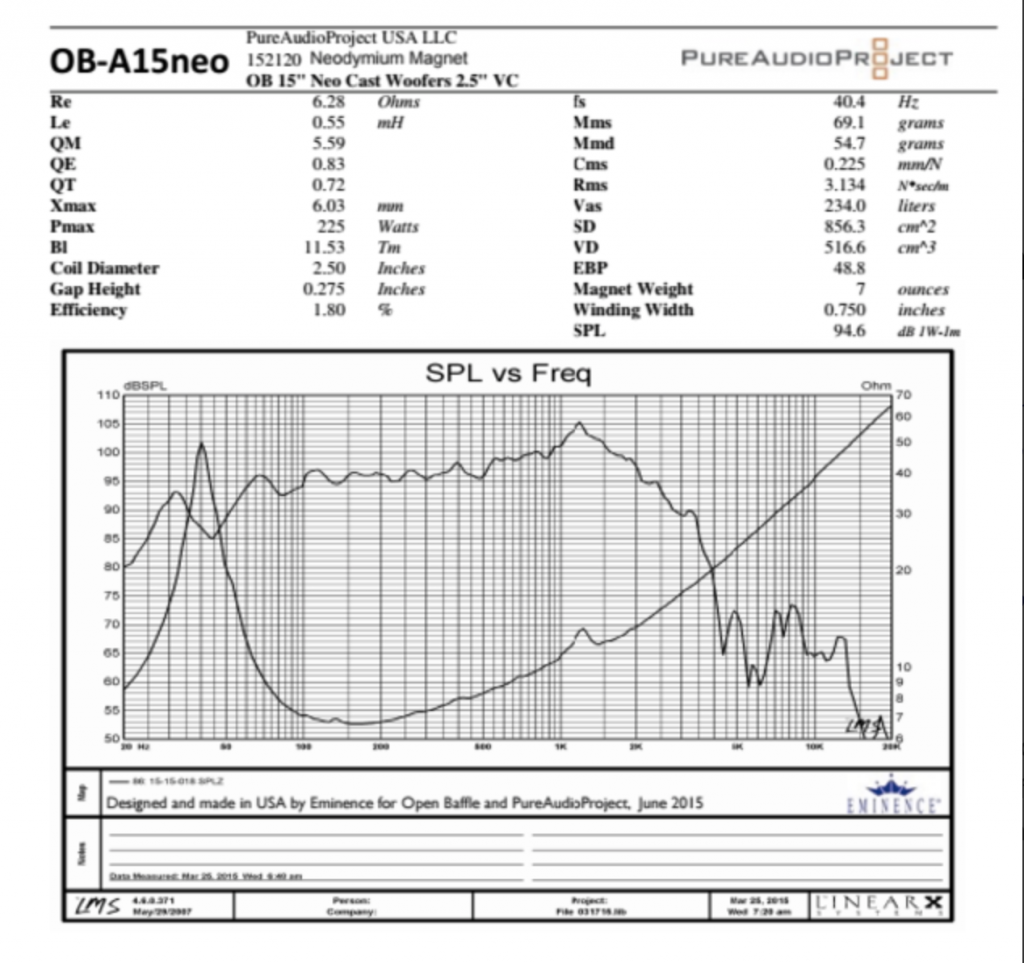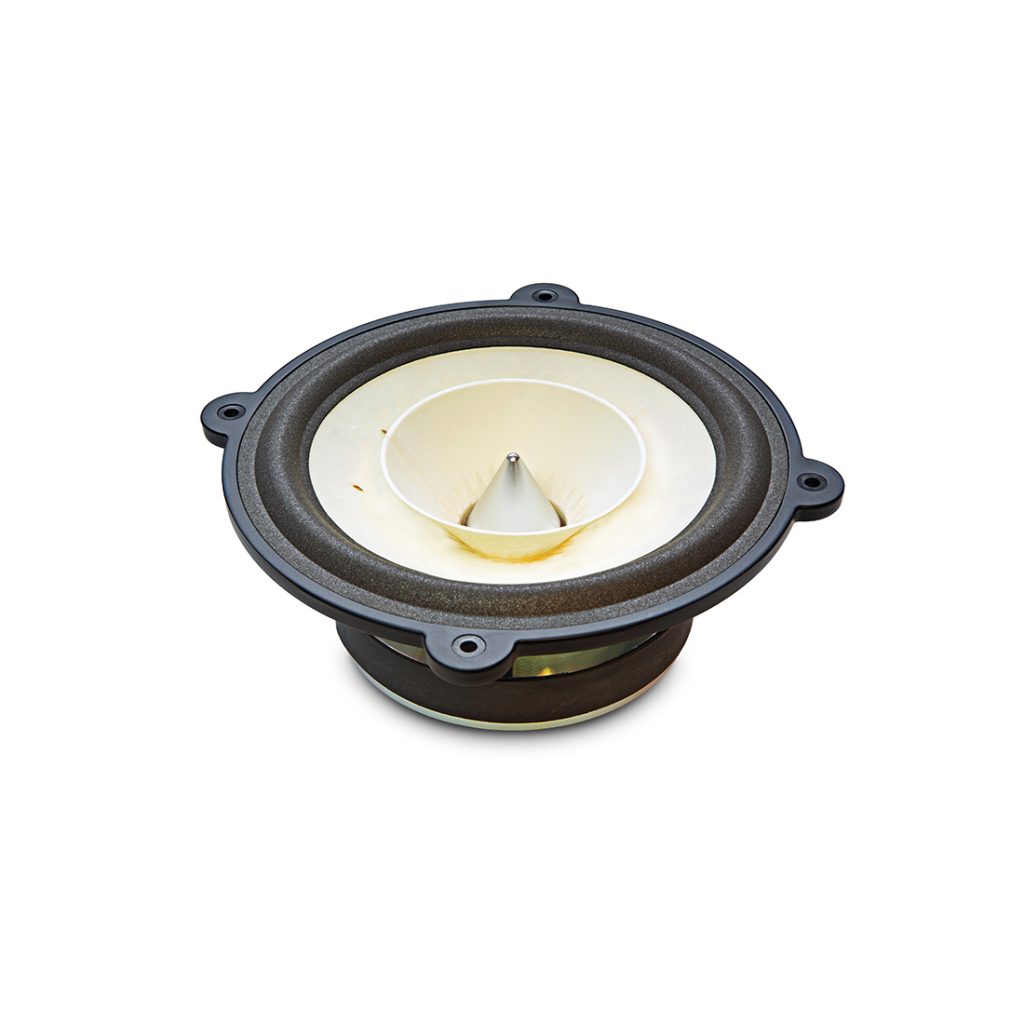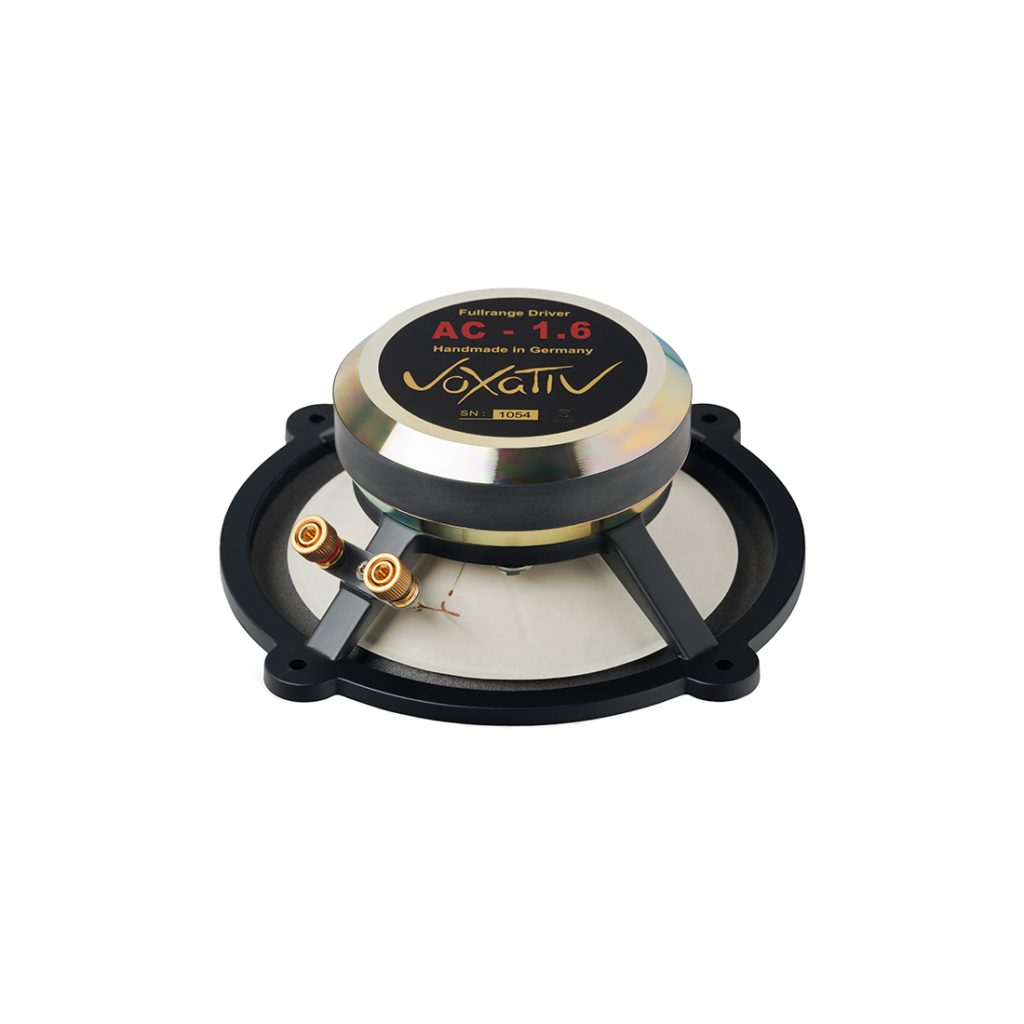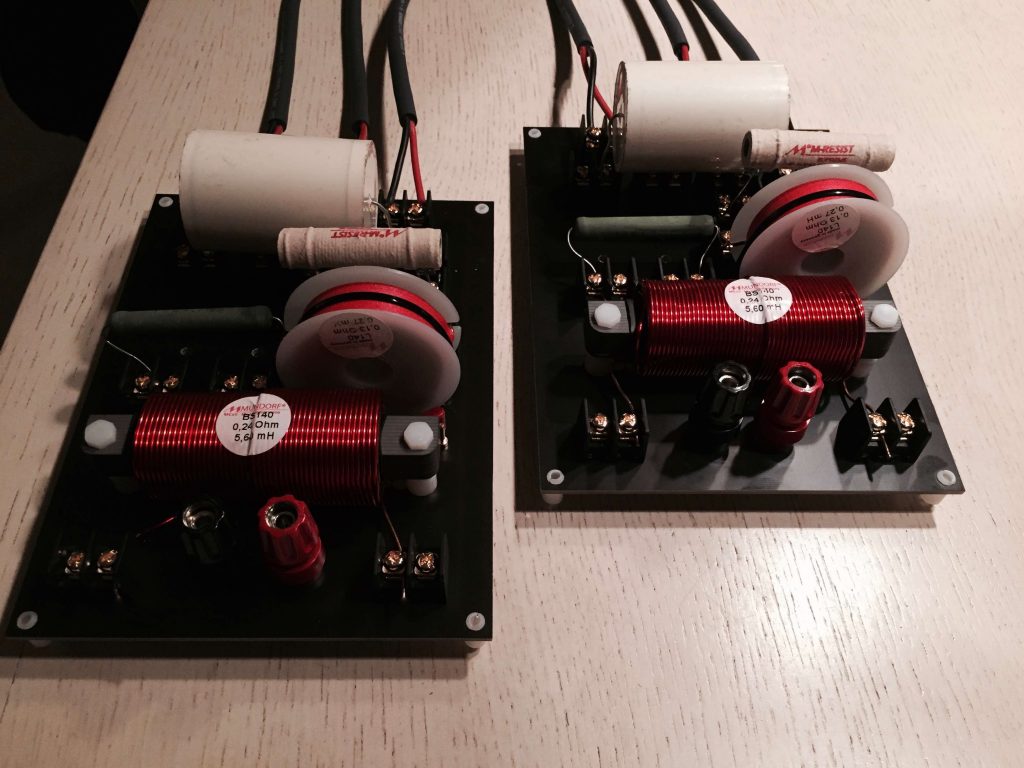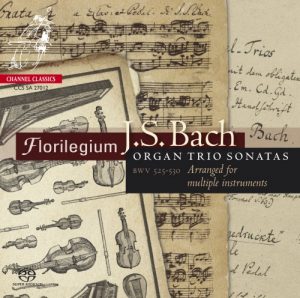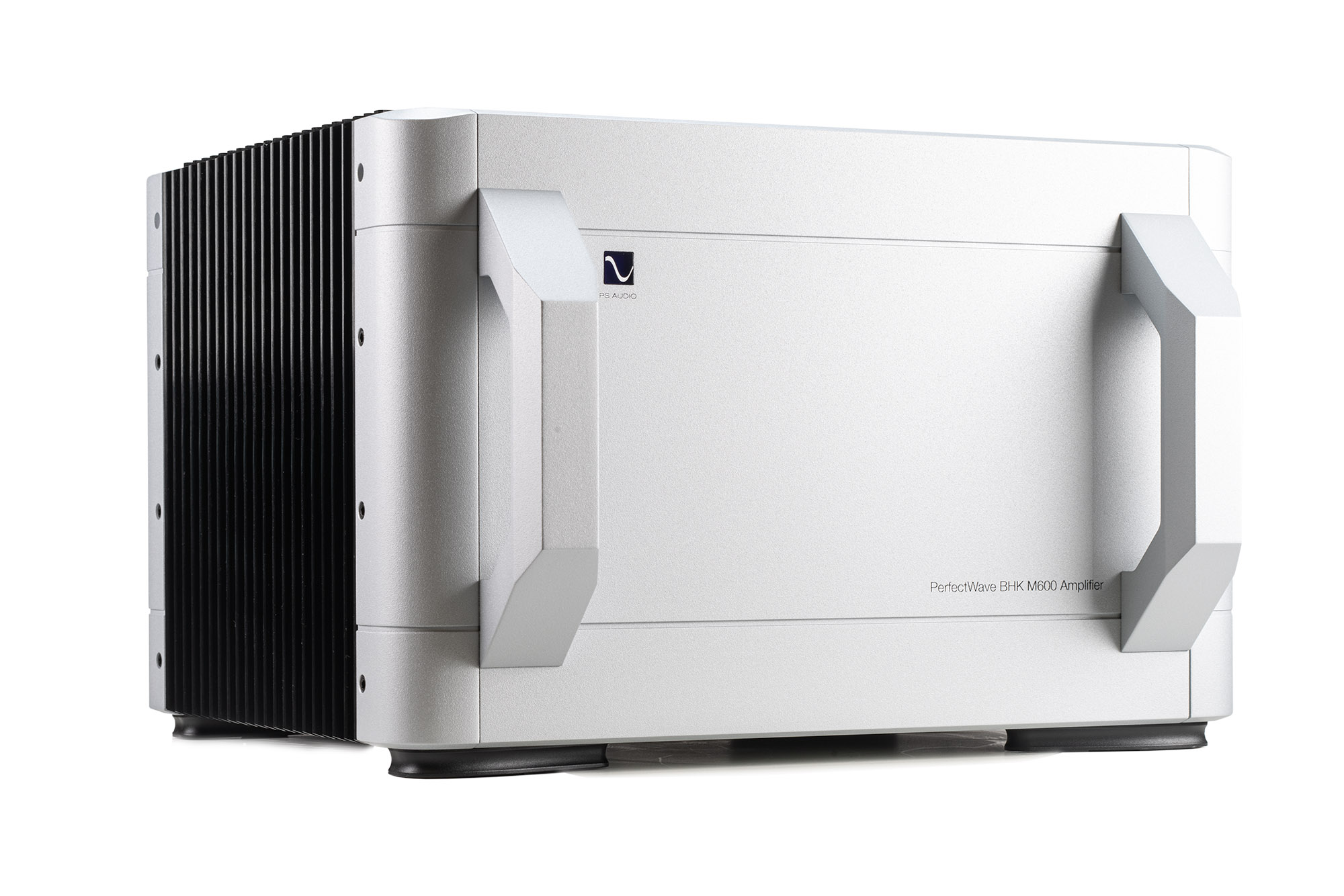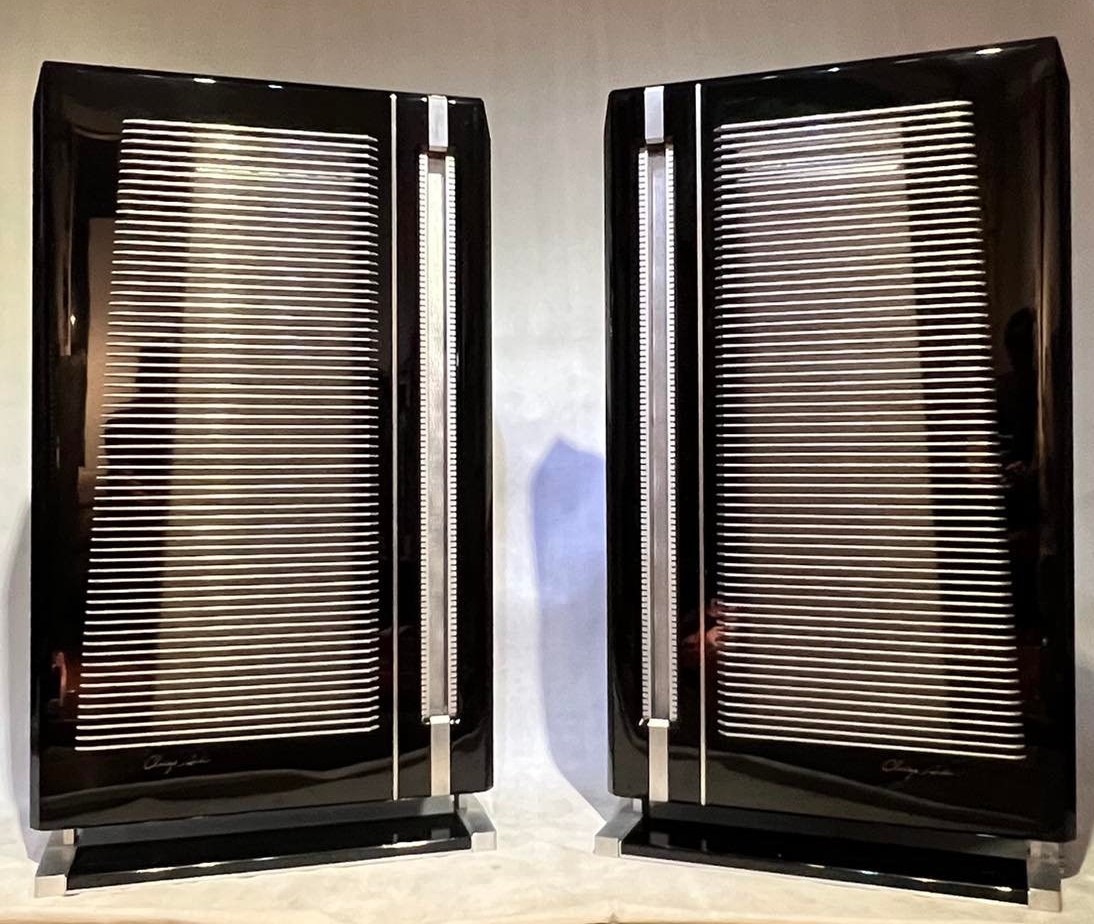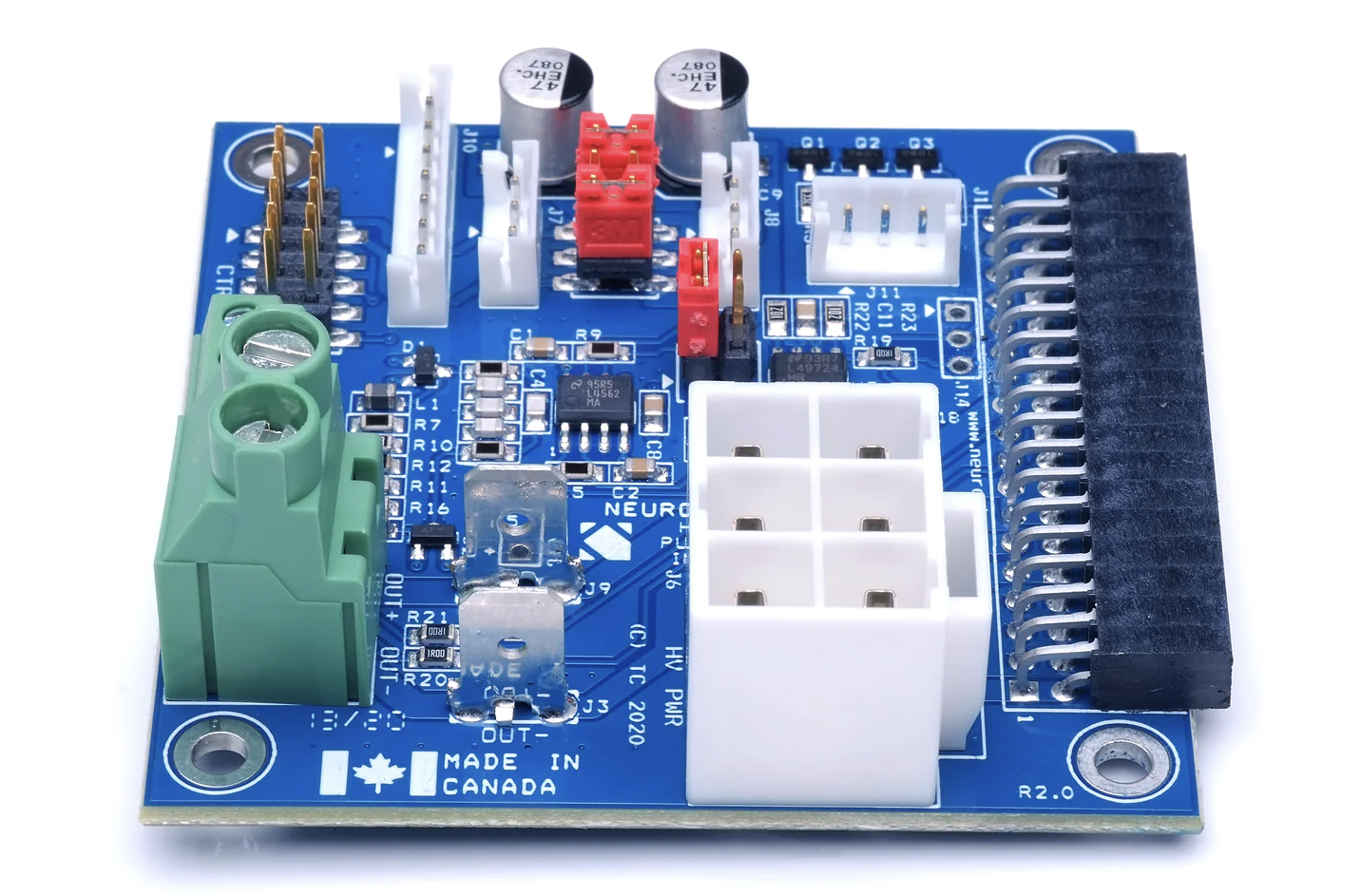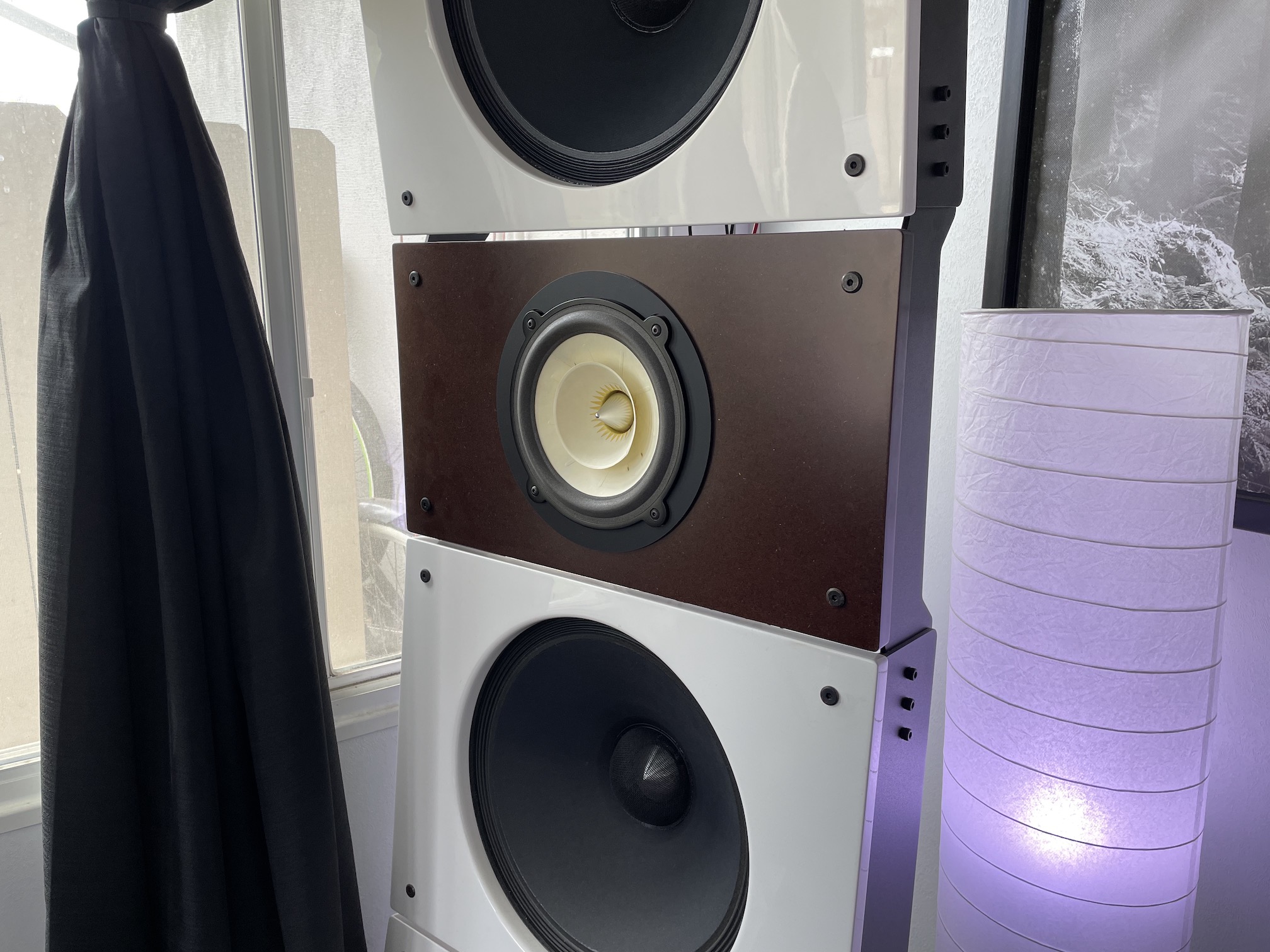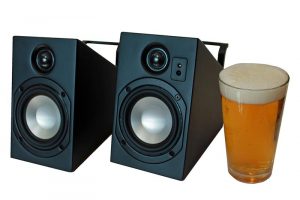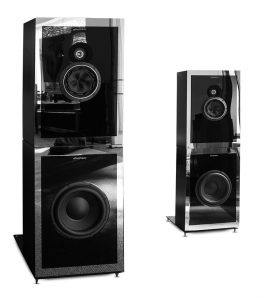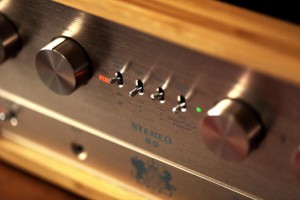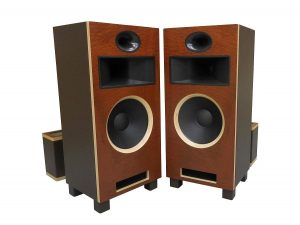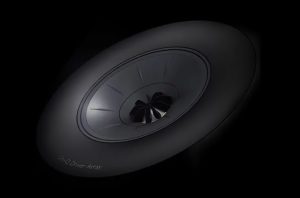I've had the honor of having experienced the PureAudioProject "Trio" system for a while now, and it is one of the most eye-opening experiences I have in a long time. I have reviewed lots of speaker systems as well as other ancillary systems, but none of them have captured the essence of the music like this system has.
This isn't a turn-key speaker system, rather it's a bit of a project (as the company name suggests). Nothing the average handy-person can't do, but just know going into this that you will receive several different boxes with parts that need assembly. It is a bit like Ikea furniture, if you will.
I'll go through each assembly step so that you can live vicariously through my experience:
- Mounting the woofers to the baffles. Initially I thought the woofers mounted from the front, but, in fact, I discovered they mount in the rear after studying the installation photos and diagrams. This leaves a much nicer aesthetic, where you don't see the outer speaker mounting ring or the screws. The baffles come pre-drilled, so all one needs to do is carefully attach the speaker using included hardware.
- Mounting the Voxativ drivers (essentially a whizzer-cone midrange tweeter) is a little different and a little more anxiety inducing. These drivers aren't cheap, and are very fragile – made of exotic materials (covered in more detail later on). These mount using through-hole screws with fasteners on the rear. There is a custom ring included with this kit (that makes it much more aesthetically pleasing) which is fastened by adhesive tape.
- Mounting the baffles to the steel frames. I actually did this first, and then installed the drivers. I found this to be easier, then I wasn't fidgeting with baffles while fragile drivers were already mounted. These are basically mounted to the frame using included hardware (Allen bolts / thumb nuts). There is also dampening hardware included to isolate the baffle from the metal frame, a nice touch indeed.
- Then you have the "Leonidas" crossover board. As a cost saving feature, this board is modular and components are simply attached using screw terminals. These terminals are soldered to the board leading to the speaker terminals themselves, very simple in design.
- Next there is just the clean-up, using zip-tie mounts on the rear to conceal the wires attaching the drivers to the crossover, and then the nameplate itself to be attached to one of the baffles (if you desire). Once you attach the included isolation feet / height adjusters, you are ready to go!
None of the aforementioned tasks were too difficult. Anyone that can follow simple directions can do this—and the payoff is worth it. Money is saved on both sides by going this route. I suppose the challenge this would bring, however, is if you needed to freight the speaker somewhere once assembled. You would need to either disassemble it all, or build a custom box / crate. Not something I'm too terribly worried about at the moment—but that day will soon come I fear, as it always does for a review. It also doesn't help that these things sound quite spectacular!
Once I got everything assembled, it was time to connect them up to my amplifiers and give it a go, music wise. The amplifiers I'm using are here on long term loan—well broken in, the AGD Productions Vivace GaN Class-D amplifiers (which I previously reviewed and absolutely fell in love with). This appeared to be a match made in heaven, and I used this configuration for quite some time. I did try other amps as well, which I will cover later on.
I'll be honest here and say that the only time I've heard the Voxativ driver used was on their own flagship speaker design (which shares no characteristics with this speaker system I should add) and it's an acquired taste for sure. Nothing bad, but what one would expect from an "all-out assault" full range speaker system. A bit lacking in the lower octaves, I suppose, but with all designs come risk and reward. The PureAudioProject (herein referred to as PAP for brevity) speaker system(s) were designed by Ze'ev Schlik. Ze'ev is what I would describe as a very passionate business-savvy pioneer and entrepreneur. He and I share some of the same attributes, soaked in an Information Technology background that has eventually led him into speaker design. I, too, dabble in speaker design, and I always find myself going back to box-less (or Infinite Baffle, appropriately). Ze'ev's designs are quite modular in form and function. One can build a speaker to be larger (dual to quad woofers, for example) or swap the Voxativ driver for an AMT, or Horn. He and I have had a few deep discussions about different drivers, and the intent here is to keep going, trying different configurations and such. When that happens, I can create an addendum to this review for people to see and hear the transitions.
Okay, I digress a bit, but it's important to know who is behind this system. Initially I wasn't sure what I would experience, but truth be told I was a bit worried that the sound would be non-cohesive, smeared, bass-lacking. A skeptic at heart, I know. I soon found out, however, I was wrong, very wrong in my assumptions. I couldn't believe the amount of bass coming from this system, the delicate highs and perfect mids. It reminded me of a very cohesive ESL speaker, almost a line source sound coming from one huge driver array. The first album I decided to play was the newest release from James Blake, entitled Assume Form.
Initially upon hitting play you hear that characteristic piano, seguing into a beat and then James' voice. But some really magical special ambiance is going on here, most likely due to the dipolar nature of this speaker system. Sure, with dipoles come complications of phase and frequency cancellation, but placed right in the room nothing can beat that sound. My initial surprise when track two came on ("Mile High") was the bass output! This track has your usual hip-hop synthesized bass line that can be demanding and usually require a subwoofer but not here! I do have a subwoofer in my system, but I found that defeating it was the preferred route. I had several other reviewers over to hear the system, and they heard the same thing. Nothing wrong with the sub I've got here (SVS 16"), but musically it didn't sound like it could keep up with an open baffle system like this. I'll have to grab this one on vinyl to see how it compares to the PCM version at a later date.
Moving onto other music – in memoriam of Scott Walker (rest in power!) I had to put on his eponymous Bish Bosh album. This is a hard pill to swallow for some people, as Scott really brought on the dark in his later years (awesome collab with Sunn O))) and such), but it is filled to the brim with dynamics, vocals spanning just about every range, live instruments, quiet passages, loud crescendos. You name it. And it's on vinyl. I found myself listening to the entire album start to finish (much to the chagrin of my wife) and wanting more! These speakers have no qualms with rocking the house. Big shout out to Triangle Art for their amazing turntable, Gold Note for their phenomenal phono stage, Tri Planar for their impeccable tone-arm and Audio Desk System for their insanely cool and precise ultrasonic record cleaner. Yeah, an expensive investment for sure, but I will be buried with this stuff! Most of it is gear that I have reviewed, some kept, and some on long term loan.
So moving onto something else, a bit more subdued, 36's (pronounced three-six) newest Fade to Grey. This one would be classified as ambient… I suppose. Lots of piano manipulation, and such going on here. I enjoy listening to piano music on newer speakers as it really can represent the tonal and timbral accuracy. A piano is just not easy to get right in the recorded realm. In fact, I have a really good friend and pianist that I like to invite over to listen and give me his impressions—to which he gave me the thumbs up. He is a ribbon speaker guy, like me, so I took that as a huge success here to Ze'ev and his team. Here we are able to enjoy the simplicity and lower cost of a cone-based system, but get lots of the great qualities of ribbon speakers. The opening track, "DNI," is a great place to start, and in fact, this album is best if listened to from start to finish. It's like watching a film, and was perfectly represented on this speaker system.
Ok so now putting on James Bernard's Atwater–a sound bath in synths—old school analog sounding synths (sort of reminds me of the Blade Runner soundtrack on how it begins on track one and slowly progresses on to a minimal almost Boards of Canada sounding cascade of events. With this I was able to hear some rattling in my room! This tells you the transducers are able to excite many nodes, even without a box. What does this mean? Well, Ze'ev's specially produced 15" mid-woofer, called "OB-A15neo," is really state of the art. More on this later…
Okay, so what makes this system so magical? It's really a construct of several pieces that, once assembled, create a state of the art speaker system that, for its price, can rival just about anything on the market today. I have reviewed several speakers ranging from $500 to $15,000, and this would be on the top of my list.
The Woofer
As previously mentioned, the OB-A15neo is designed as a collaborative efforts between PAP and Eminence. Taking this directly from the website itself:
"The OB-A15Neo is based around the sonic characteristics of the legendary Eminence Alpha15a but it was designed to bring top-end refinement and musicality when operating in Open Baffle
It's size and cone construction makes it light, fast, and very linear, allowing it to provide solid foundations not only for the deepest bass but also for the critical mid-range, making voices, piano, drums, orchestra sound focused, natural and full body like no other woofers do!
Credit goes to Eminence, a world leading provider of professional drivers for 50 years! Eminence drivers play in many musician's amps on our recordings, amps that BTW are in most cases vented i.e. closer to open baffle than to mixed speakers.
Every component in OB-A15Neo was brought to the highest possible grade. Cast basket, high quality Neodymium magnet system, 2.5″ voice coil, Faraday sleeve (shorting ring), the spider, OB optimization etc… all resulting a perfect sonic blend with world's best available full range drivers… while requiring a simple, true short path crossovers schematics!"
I think the heart of any decent speaker system is the woofer and how well it blends with the rest of the drivers. If it's able to play high enough (220Hz) then it plays a much bigger role than most people understand. Being able to take on mid-bass duties as well can give a much more natural sounding vocal, drum, guitar, string—you name it. Genius design here.
Then, with my particular speaker, is the Voxativ driver. I think Ze'ev recognized this driver as being something that just wasn't worth redesigning, in my opinion. It is effectively perfect in how it's designed, how it sounds.
The Midrange/Tweeter
With this particular review I was supplied the Voxativ AC 1.6 fullrange driver. It's 8" in stature, and supports a frequency band of 20-20,000Hz. Yes, you read that right. This is true full range. It's 94dB efficient. If you visit their website, you will see they mean serious business, making claims that they better Lowther and Fostex. Big names in the business. But I truly feel they are onto something. They have put a ton of passion heart and soul into their full range drivers, and let me tell you, they are no slouch. They do not beam, they do not smear or distort the sound coming from them. What you get is true to the recording in many ways, in a 3D holographic way right into the middle of your listening room. Not cheap by any means, which adds to the intimidating nature when mounting them to their respective baffles. A wonderful amalgamation of exotic paper materials and metals that truly captivate one's ears.
Just sitting here using the wonderful Roon digital interface and Qobuz's high resolution streaming service, I was presented with an amazing track by Burnt Friedman & Jaki Liebezeit "Wirklich," which is a tough one to describe, but it's filled with xylophones, funky bass lines, and ambience to match.
The Crossover
The "Leonidas" crossover, is a modular design that allows one to slowly graduate between different drivers and components, if so desired. Verbiage taken directly from PAP's website:
"All Trio15 models come with passive crossovers. Trio15 Horn1, Trio15TB and all Trio15 Voxativ models are supplied with the unique Leonidas Crossover. The Leonidas Crossover is a series topology two way first order crossover with all components mounted onto a board with Gold screw terminals. It therefore allows swapping the components with only a screwdriver and trying various types of capacitors, resistors, different brands and grades, and even fine tuning components values to match your personal sonic taste, room and gear. No soldering nor any technical skills are required, only a screwdriver, and we guide the process when needed."
Simply genius if I do say so myself…
I've had the opportunity to try different amplifiers and components on these speakers, namely AGD's Vivace, some ICE-based nonoblocks (700AS1 based), EL34 tube amps, you name it. Yes, the sound changes every time, quite normal, but a match made in heaven is with the AGD Vivace monoblocks. I don't know how Albert has done it (well, I do, just being facetious here, he's a mad scientist to say the least) but this is really a great combination. I loved how I was able to defeat my subwoofer thinking it was making an impact when in fact it was just slowing down the bass. Not needed at all with these speakers. Bass in plenty. Mid / High frequencies in a 3-dimensional space where music simply surrounds you and doesn't have that "head in a vice," atypical with line source or ESL style speakers.
Albert has challenged me to listen to more classical music (go figure), so I've had an interesting journey to say the least. Albert has high standards and appreciates the finer things in life, so I would like to leave him with a great impression the next time he stops by. I found this amazing DSD copy (played through the wonderful Mytek DAC) by a group called Florilegium, album entitled JS Bach—Organ Trio Sonatas. I really dig this! Filled with string instruments, woodwinds (I used to play an alto sax as a kid, betcha didn't know that!) and a harpsichord for days. I closed my eyes and felt transformed to an old auditorium, circa 1700. I can smell the candles and concrete, hear the birds chirping outside, and tap my foot away… Quite lovely this one, and well recommended!
I can go on and on about these speakers, how they've changed my life and perspective on high end audio, but I'm sure you have better things to do than to read reviews all day. If you're interested in a new audio journey, one that will not break the bank, then I can't recommend these speakers any more than I already have. There really is just nothing like them and I am certainly glad patience has paid off here. I remember first laying eyes on these at Rocky Mountain Audio in 2014, and here they are now, sitting in front of me making glorious music. Politics aside, it's really a great time to be alive! I can't wait to try other versions, be it AMT, Field Coil, Horn and also the Quintet! Bring it on!
P.S. - A little scoop for you here, at Axpona 2019 there will be a debut of the "Trio 15 Classic" which is essentially this speaker but turn-key / already assembled! Photos were shared with me, but I will withhold them until a future amendment. Yes, it looks different!
Retail - $6,990
http://www.pureaudioproject.com




